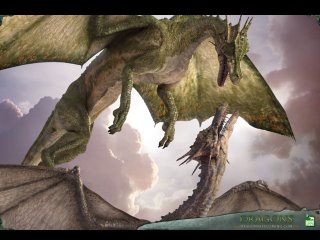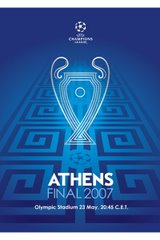DRAGONS - ΔΡΑΚΟΙ - BALAUR

Un balaur este, în mitologia românească, un animal fantastic de dimensiune uriaşă, de multe ori are forma unui şarpe cu aripi, picioare şi mai multe capete de şarpe (în general trei, şapte sau chiar douăsprezece), reprezentând o întruchipare a răului şi este prezent în majoritatea basmelor româneşti.
Rădăcina cuvântului este probabil indo-europeanul „bal-“ care înseamnă puternic.
În alte mitologii, poate fi asemănat cu dragonul european sau cu hidra din mitologia grecească.
A dragon is typically depicted as a large and powerful serpent or other reptile, with magical or spiritual qualities. Mythological creatures possessing some or most of the characteristics typically associated with dragons are common throughout the world's cultures.
The various figures now called dragons probably have no single origin, but were spontaneously envisioned in nearly every different culture around the world, based loosely on the appearance of a snake and/or large bird of prey and possibly fossilized dinosaur and Tertiary mammal megafauna remains.
They are commonly portrayed as serpentine or reptilian, hatching from eggs and possessing long, typically scaly, bodies; dragons are almost always portrayed as having large eyes, a feature that is the origin for the word for dragon in many cultures, and is often (but not always) portrayed with wings and a fiery breath.
Although dragons (or dragon-like creatures) occur commonly in legends around the world, different cultures have perceived them differently. Chinese dragons (Simplified Chinese: 龙; Traditional Chinese: 龍; pinyin: lóng), and Eastern dragons generally, are usually seen as benevolent, whereas European dragons are usually malevolent (there are of course exceptions to these rules). Malevolent dragons also occur in Persian mythology (see Azhi Dahaka) and other cultures.
Dragons are often held to have major spiritual significance in various religions and cultures around the world. In many Eastern and Native American cultures dragons were, and in some cultures still are, revered as representative of the primal forces of nature and the universe. They are associated with wisdom—often said to be wiser than humans—and longevity. They are commonly said to possess some form of magic or other supernatural power, and are often associated with wells, rain, and rivers. In some cultures, they are said to be capable of human speech.
Dragons are very popular characters in fantasy literature, role-playing games and video games today. The term dragoon, for infantry that move around by horse, yet still fight as foot soldiers, is derived from their early firearm, the "dragon", a wide-bore musket that spat flame when it fired, and was thus named for the mythical beast.
Symbolism
In medieval symbolism, dragons were often symbolic of apostasy and treachery, but also of anger and envy, and eventually symbolised great calamity. Several heads were symbolic of decadence and oppression, and also of heresy. They also served as symbols for independence, leadership and strength. Many dragons also represent wisdom; slaying a dragon not only gave access to its treasure hoard, but meant the hero had bested the most cunning of all creatures. In some cultures, especially Chinese, or around the Himalayas, dragons are considered to represent good luck.
In Christianity
The Latin word for a dragon, draco (genitive: draconis), actually means snake or serpent, emphasising the European association of dragons with snakes. The Medieval Biblical interpretation of the Devil being associated with the serpent who tempted Adam and Eve, thus gave a snake-like dragon connotations of evil. Generally speaking, Biblical literature itself did not portray this association (save for the book of Revelations, whose treatment of dragons is detailed below). The demonic opponents of God, Christ, or good Christians have commonly been portrayed as reptilian or chimeric.
In the Book of Job Chapter 41, the sea monster Leviathan, which has some dragon-like characteristics, is described as God talks about the "king of beasts" that lived upon the Earth at a former time. Some people think this comes from an older Mesopotamian creation myth in which Tiamat is depicted as a goddess salt-water sea monster, while others believe it refers to a now-extinct sea creature like the Plesiosaur. [citation needed]
In Revelation 12:3, an enormous red beast with seven heads is described, whose tail sweeps one third of the stars from heaven down to earth (held to be symbolic of the fall of the angels, though not commonly held among biblical scholars). In some translations, the word "dragon" is used to describe the beast,since in the original Greek the word used is drakon (δρακον).
In iconography, some Catholic saints are depicted in the act of killing a dragon. This is one of the common aspects of Saint George in Egyptian Coptic iconography [1], on the coat of arms of Moscow, and in English and Aragonese legend. In Italy, Saint Mercurialis, first bishop of the city of Forlì, is also depicted slaying a dragon.[2] Saint Julian of Le Mans and Saint Leonard of Noblac were also venerated as dragon-slayers.
MAY THE FORCE BE WITH YOU












Δεν υπάρχουν σχόλια:
Δημοσίευση σχολίου